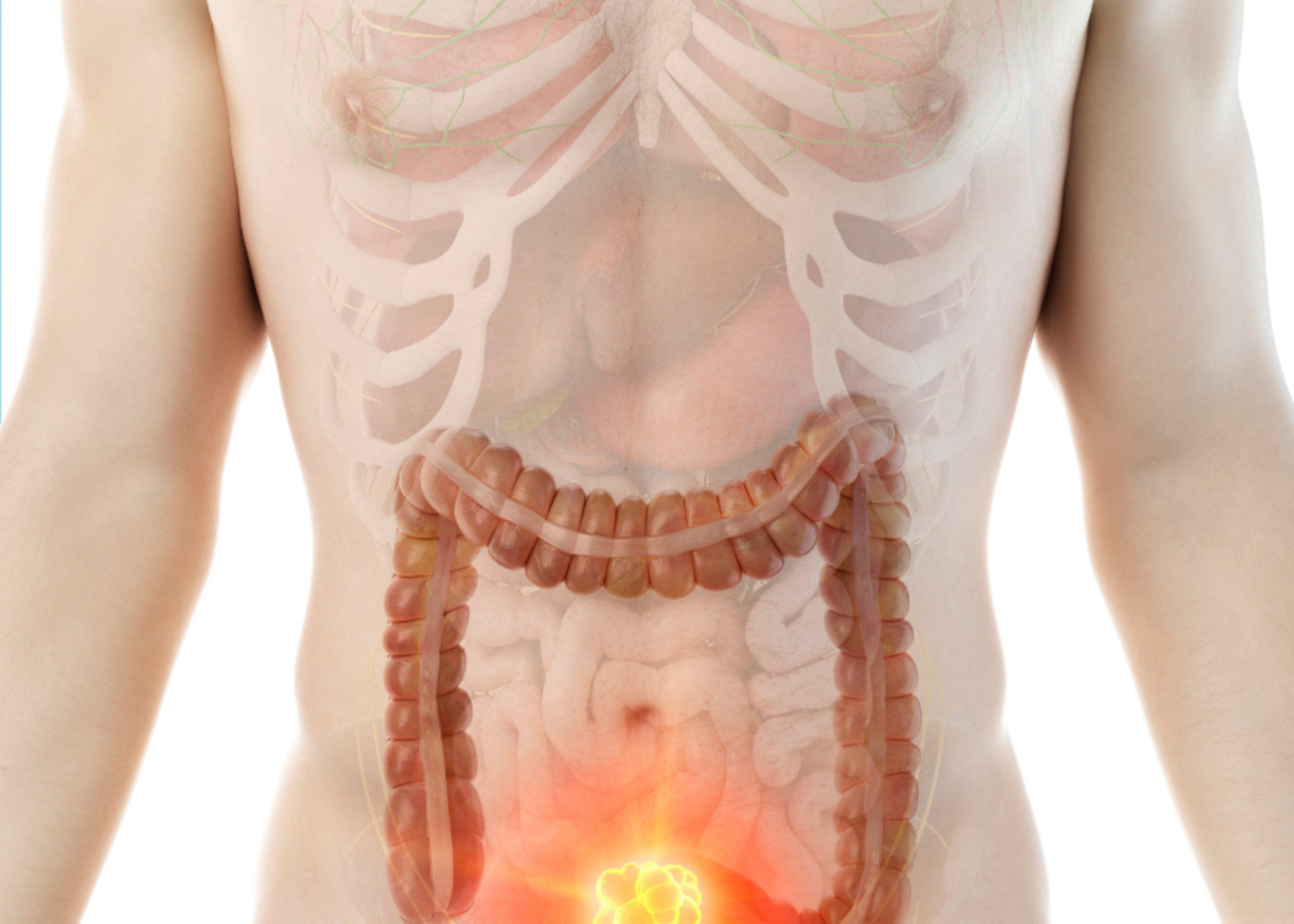Sigmoidoscopy is a widely used diagnostic and therapeutic procedure that allows for the examination of the rectum and the sigmoid colon, which are crucial parts of the digestive system. This minimally invasive procedure is particularly effective in detecting and diagnosing various gastrointestinal (GI) conditions. Dr. Rupesh Lunkad, a distinguished gastroenterologist in Pune, specializes in sigmoidoscopy to provide patients with accurate diagnoses and tailored treatments. In this blog, we will explore what sigmoidoscopy entails, its purpose, preparation, and why it’s a cornerstone of digestive health care.

What is Sigmoidoscopy?
Sigmoidoscopy is a diagnostic procedure where a thin, flexible tube equipped with a camera and light (called a sigmoidoscope) is inserted into the rectum. This device transmits real-time images of the lower colon, enabling your doctor to identify abnormalities in the lining of the rectum and sigmoid colon.
The procedure is often recommended to:
- Diagnose symptoms like abdominal pain, rectal bleeding, or changes in bowel habits.
- Monitor chronic conditions like inflammatory bowel disease (IBD).
- Screen for precancerous polyps and colorectal cancer.
Why is Sigmoidoscopy Performed?
1. Diagnostic Applications
Sigmoidoscopy helps in diagnosing a variety of gastrointestinal disorders, including:
- Ulcerative colitis: Detecting inflammation in the lower digestive tract.
- Polyps: Identifying abnormal growths that could be precursors to colorectal cancer.
- Diverticulitis: Assessing inflammation or infection in small pouches of the colon wall.
- Rectal bleeding: Locating the source of blood in stools.
2. Screening for Colorectal Cancer
- For individuals aged 45 and above or those with a family history of colorectal cancer, sigmoidoscopy serves as a critical screening tool. While it doesn’t provide a full view of the colon, it effectively examines areas where abnormalities are commonly found.
3. Monitoring Ongoing Conditions
- Patients with chronic GI diseases such as Crohn’s disease or ulcerative colitis often require sigmoidoscopy to monitor disease progression and assess treatment efficacy.
Preparing for Sigmoidoscopy
Proper preparation is essential for the success of the procedure. Here are the key steps to follow:
1. Dietary Modifications
- Switch to a clear-liquid diet one day before the procedure. This includes broths, clear juices, and water.
- Avoid solid foods and drinks with red or purple dye as they can mimic blood in the colon.
- Your doctor may recommend a laxative or an enema to ensure the colon is empty. A clean bowel is essential for a clear and accurate examination.
3. Medication Adjustments
- Inform your doctor about any medications you are taking, particularly blood thinners or aspirin. Adjustments may be necessary to minimize the risk of bleeding during the procedure.
4. Medical History Review
- Share your full medical history, including previous surgeries or allergies, to ensure the procedure is safe and personalized to your needs.
What Happens During Sigmoidoscopy?
Procedure Overview
- Positioning: You will lie on your side on an examination table, often with your knees drawn up to your chest.
- Insertion of the Sigmoidoscope: A lubricated sigmoidoscope is gently inserted into the rectum and guided through the sigmoid colon. The camera on the sigmoidoscope sends live images to a monitor, allowing the doctor to examine the colon's inner lining.
- Air Inflation: To improve visibility, a small amount of air is introduced into the colon, which may cause slight cramping or pressure.
- Tissue Sampling (if needed): The doctor may collect small tissue samples (biopsies) or remove polyps during the procedure for further analysis.
- Completion: The sigmoidoscope is carefully removed, and the procedure is complete, typically within 15 to 20 minutes.
Most patients can resume normal activities immediately after the procedure. However, Dr. Rupesh Lunkad provides these post-procedure recommendations:
- Mild Discomfort: You may experience temporary bloating or cramping due to the air introduced during the procedure. This usually resolves within a few hours.
- Dietary Guidelines: Unless advised otherwise, you can return to your regular diet immediately.
- Activity Levels: Since sedation is rarely required for sigmoidoscopy, you can typically drive yourself home and continue your daily routine.
- Follow-Up Appointments: If biopsies were taken or polyps removed, you’ll receive the results during a follow-up consultation.
Advantages of Sigmoidoscopy
Sigmoidoscopy is a powerful tool for diagnosing and managing GI conditions due to its numerous benefits:
- Early Detection: It aids in the early identification of precancerous polyps, inflammation, and other abnormalities, improving treatment outcomes.
- Minimally Invasive: Unlike other procedures, sigmoidoscopy requires minimal preparation and causes little discomfort.
- Quick and Convenient: The procedure is relatively short, and most patients can return to normal activities the same day.
- Therapeutic Uses: In addition to diagnosis, sigmoidoscopy can be used to treat certain conditions, such as removing small polyps or stopping bleeding.
Risks and Limitations
Although sigmoidoscopy is generally safe, there are some potential risks:
- Minor bleeding, especially if biopsies are performed.
- Rare cases of perforation in the colon wall.
- Temporary bloating or cramping.
Limitations
Sigmoidoscopy examines only the lower part of the colon. If abnormalities are detected, a full colonoscopy may be recommended to evaluate the entire colon.
Sigmoidoscopy is a crucial procedure for diagnosing and managing gastrointestinal conditions. Its ability to detect early signs of colorectal cancer, inflammation, and other abnormalities makes it an invaluable tool for maintaining digestive health.
If you’re experiencing persistent digestive symptoms or need a routine screening, trust Dr. Rupesh Lunkad for expert care. Schedule your consultation today and take a proactive step toward better GI health.
Read More:
Read More:
Did you find this topic helpful?